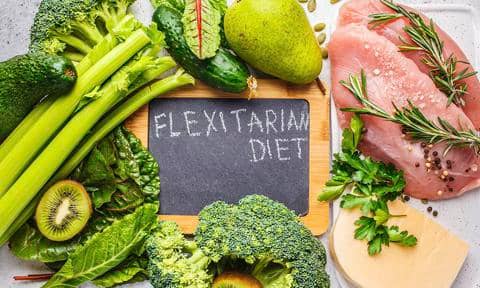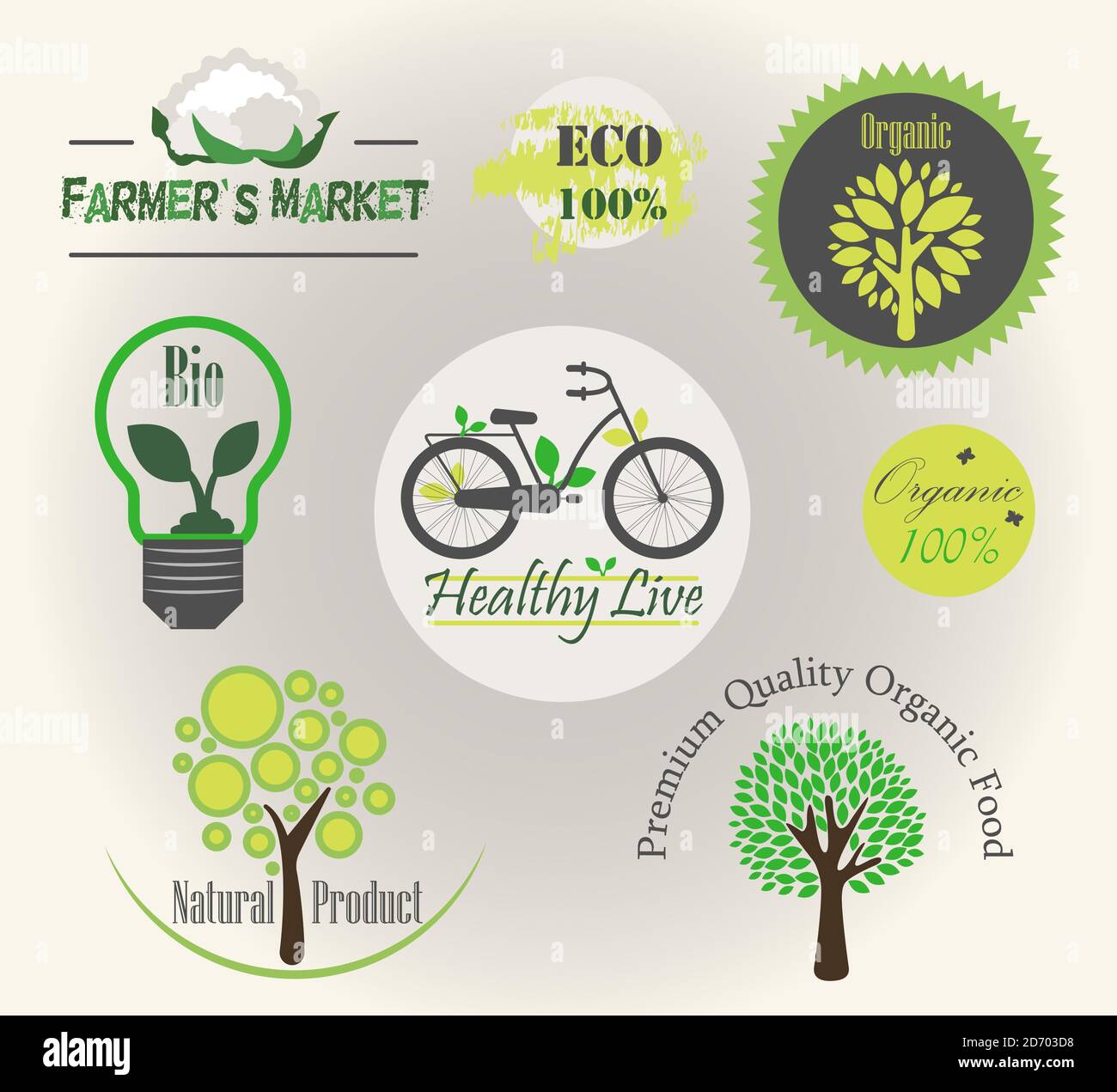
A lacto ovo vegetarian is a vegetarian who does not eat meat, but consumes dairy and eggs instead. The Mayo Clinic recommends eating one non-meat meal per day to get started, then gradually increasing it. A lacto ovo vegetarian should reduce their intake of refined grains and sugars in addition to avoiding cholesterol and saturated fat.
Lacto-ovo vegetarians eat no meat
A lactoovo vegetarian diet can be a healthy alternative that is high-fiber and low in calories. This diet has been proven to reduce obesity risk and help people lose weight. It's rich in fiber, complex carbohydrates and vitamins as well as minerals. It is also known to help maintain blood sugar levels. A lacto-ovo vegetarian diet has low levels of saturated fat and transfats.
A lacto vegan diet doesn't include meat, but it does contain dairy and eggs. It is a healthy alternative for many people. It can also be tailored to individual lifestyle needs. The health benefits of a lactosovo vegetarian diet are numerous, even though it may not be for everyone.

They eat dairy and egg products
Lacto ovo vegetarians do not eat meat, poultry, fish, or seafood, but they do eat dairy products and eggs. They also eat plant based foods, such as vegetables or rice. A pescatarian, however, is someone who eats fish and other seafood but no meat or poultry. To meet their nutritional requirements, they often consume dairy products and eggs.
A lactoovo vegetarian diet should contain a variety fruits, vegetables, as well as grains. This will help the diet provide a complete range of essential nutrients, as well as help avoid vitamin and mineral deficiencies. For advice, consult a registered dietitian if you're not yet a lactosovo vegetarian.
Some people strictly avoid meat and are vegetarians. Lacto-ovo vegetarians however, eat dairy products as well as eggs. Dairy, eggs and meat provide the same nutrients. Statisticians show that more vegetarians consume milk and eggs than meat, with only 8% eating fish or seafood.
They decrease the chance of getting cancer.
Recent research found that lacto-ovo vegetarians were at lower risk for gastrointestinal cancer. This reduction was found to be as much as eight percent, which indicates that eating more plant-based foods is an effective way to lower your cancer risk. Your cancer risk may be increased if you eat a lot of red and processed meat. Moreover, lacto-ovo vegetarians have lower rates of gallstone disease, a painful condition where hard stones of cholesterol and bilirubin form in the gallbladder.

A study showed that lacto vegetarians had a lower rate of colorectal disease than their non-vegetarian counterparts. The protective effect of a plant-based diet seemed to be greater in males than it was for females.
FAQ
How often should i exercise?
It is important to exercise for a healthy lifestyle. However, there's no time limit on how much you should exercise. It is important to find something you enjoy, and then stick with it.
It is a good idea to exercise at least three times per week. Then, you should aim to do between 20 and 30 minutes of moderate-intensity activity. Moderate intensity means you'll still be breathing hard after you've finished. This type works out burns around 300 calories.
For those who prefer to walk, you can go for 10-minute walks four times a week. Walking is low-impact and easy on your joints.
Jogging is an alternative to running. You can do it for as little as 15 minutes each day. Running can help you burn calories and to tone your muscles.
Start slow if it's your first time exercising. Begin with 5 minutes of cardio every other day. Gradually increase the duration until you reach your goal.
How do I get enough vitamins?
You can obtain most of your daily requirement through diet alone. Supplements can be beneficial if you are missing a specific vitamin. You can purchase a multivitamin that includes all the vitamins needed. Or you can buy individual vitamins from your local drugstore.
Talk to your doctor if there are any concerns about getting adequate nutrients. Some examples of rich sources of vitamins E and K include dark green leafy vegetables, such as spinach.
Ask your doctor if there is any doubt about how much vitamin you should be taking. Your medical history and your current health status will help you determine the best dosage.
Here are five ways to lead a healthy lifestyle.
What are 5 ways to live a healthy lifestyle?
Living a healthy lifestyle involves eating right and exercising regularly. Good eating habits include avoiding processed foods, sugar, unhealthy fats, and avoiding junk food. Exercise helps burn calories and strengthens muscles. Sleeping well improves concentration and memory. Managing stress reduces anxiety and depression. And finally, having fun keeps us young and vibrant.
Statistics
- nutrients.[17]X Research sourceWhole grains to try include: 100% whole wheat pasta and bread, brown rice, whole grain oats, farro, millet, quinoa, and barley. (wikihow.com)
- The Dietary Guidelines for Americans recommend keeping added sugar intake below 10% of your daily calorie intake, while the World Health Organization recommends slashing added sugars to 5% or less of your daily calories for optimal health (59Trusted (healthline.com)
- WHO recommends reducing saturated fats to less than 10% of total energy intake; reducing trans-fats to less than 1% of total energy intake; and replacing both saturated fats and trans-fats to unsaturated fats. (who.int)
- WHO recommends consuming less than 5% of total energy intake for additional health benefits. (who.int)
External Links
How To
What does the term "vitamins" mean?
Vitamins are organic compounds that can be found in foods. Vitamins aid us in absorbing nutrients from the food we eat. The body cannot make vitamins; therefore, they must be obtained from food.
There are two types of vitamins: water soluble and fat soluble. Water-soluble vitamins dissolve readily in water. You can find vitamin C,B1 or thiamine, B2 or riboflavin and B3 or niacin. B6 is pyridoxine. Folic acid, biotin and pantothenic are some examples. The liver and fatty tissues are home to fat-soluble vitamins. Vitamin D, E, K and A are some examples.
Vitamins are classified according to their biological activity. There are eight main types of vitamins:
-
A - Essential for healthy growth and health maintenance.
-
C – essential for proper nerve function.
-
D - Essential for healthy teeth and bones.
-
E is required for good vision and reproduction.
-
K - required for healthy muscles and nerves.
-
P - vital for building strong bones andteeth.
-
Q – aids digestion and absorption.
-
R – Required for making red blood vessels.
The recommended daily allowance (RDA), for vitamins, varies based on gender, age, and physical condition. The U.S. Food and Drug Administration has established the RDA values.
For adults 19 years and over, the RDA vitamin A intake is 400mg/day. For fetal development, pregnant women require 600 micrograms per daily. Children ages 1-8 require 900 micrograms per day. Infants below one year of age need 700 micrograms daily. But, between 9 months to 12 months of age, the amount drops to 500micrograms per days.
Children aged 1-18 require 800 micrograms of sugar per day, while those who weigh more than 1200 need 1000. For their nutritional needs, underweight children need 1200 mg per day.
Children aged 4-8 years old who have been diagnosed as having anemia require 2200 micrograms of vitamin C per day.
2000 micrograms is the minimum daily intake for general health in adults older than 50 years. Women who are pregnant or breastfeeding need 3000 micrograms per day due to increased nutrient requirements.
Adults over 70 need 1500 micrograms daily, since they lose around 10% of their muscle mass every decade.
Women who are pregnant, nursing or breastfeeding need more than the RDA. Pregnant mothers need 4000 micrograms per daily during pregnancy and 2500 after giving birth. Breastfeeding mothers require 5000 micrograms daily when breast milk production is occurring.